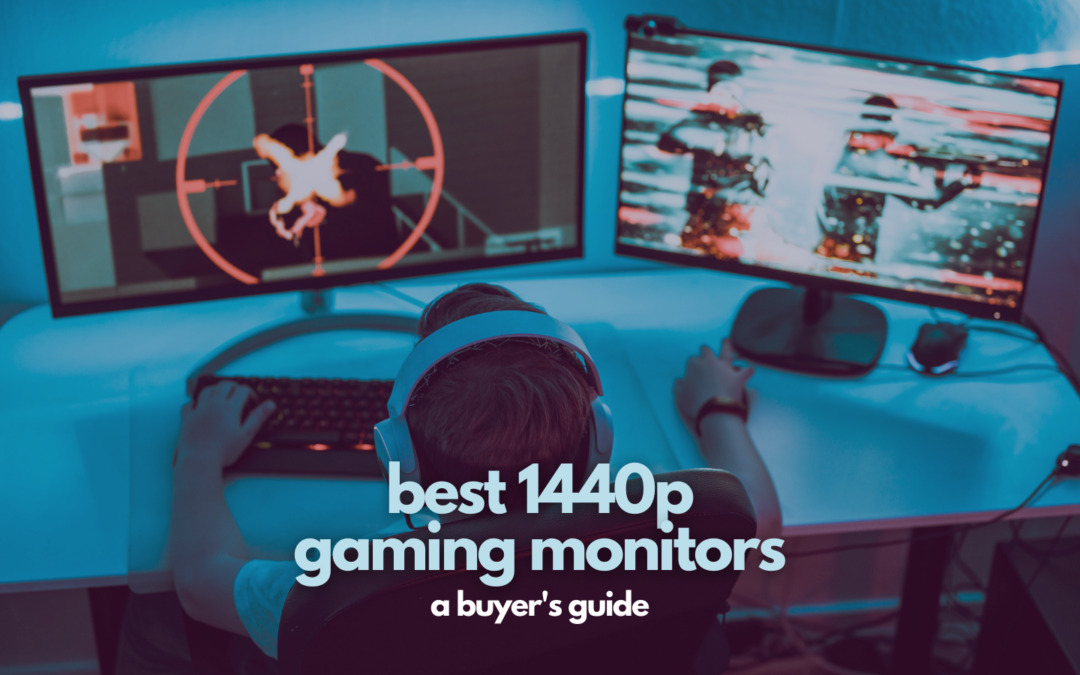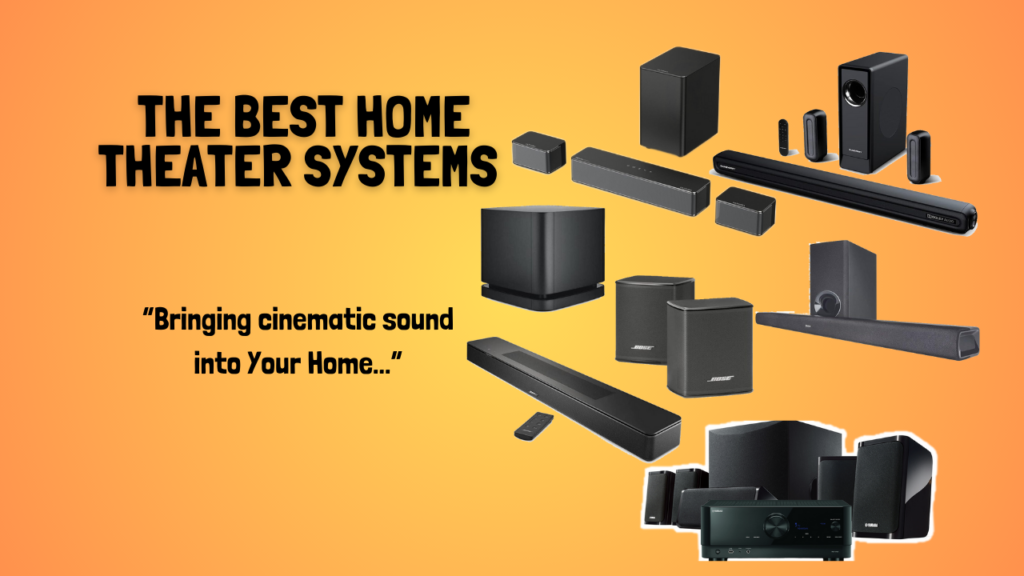As technology continues to advance every day, finding the best gaming monitors now involve wading through a plethora of numbers and benchmark tests. In turn, this can make the process of purchasing and setting up your gaming PC incredibly difficult from time to time. While some gamers are more tech-savvy than the rest of us, gaming monitors and their technology have become increasingly difficult over time and can be stressful for the average user. With that said, a 1440p gaming monitor is a good place to start. They offer a higher resolution than a 1080p display and it’s also lighter on the wallet and less power-hungry compared to a 4K panel.
To help you out, I’ve written a guide today that will teach you how to pick the best 1440p gaming monitors for you in the market.
Want To Check Out Our Top Recommendations For The Best 1440p Gaming Monitors? Read Our Article Here.
Why Choose A 1440p Monitor?
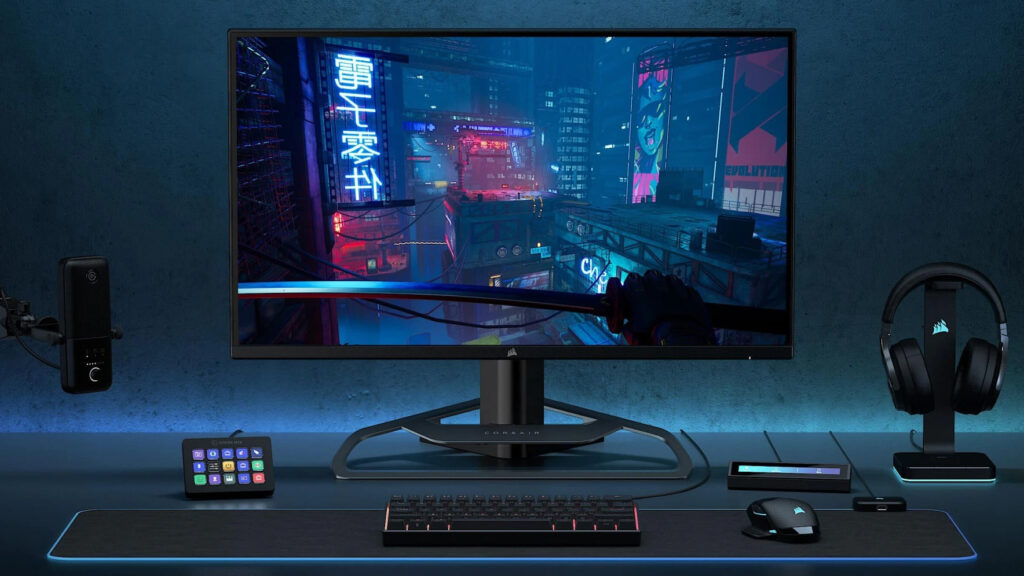
Before 1440p monitors appeared on the scene and quickly gained popularity as consumers discovered the higher image quality they can give, the most common display resolution in the gaming world was 1080p or Full HD. However, because of the significant boost in picture quality a 1440p screen can provide, more and more gamers are leaning towards this type of panel.
Keep in mind that not everyone has the same expectations or standards when it comes to gaming. Some of you may want to prioritize your games’ graphics so you can play them in their max settings. Others merely want displays that will help them to perform at their best with fast refresh rates and response time.
As a result, the discussion over the appropriate gaming display resolution becomes even more complicated. To make the 1080p vs. 1440p debate easier to understand, it’s better to look at individual components representing different resolutions. Running modern AAA games at 1080p is, for example, achievable even with lower-tier current-gen equipment. However, the resolution will be a little lower than a 1440p.
Meanwhile, a 1440p screen will obviously offer better and significantly crisper graphics. But keep in mind, the higher the resolution, the more power it’s going to need from your GPU. It won’t be as demanding as running games on 4K but this is something to keep in mind if you’re on a very tight budget.
With that in mind, if you’re still undecided about which of these displays to acquire for your PC, I’ve compared the two below in various categories to aid you in your selection.
Price Differences
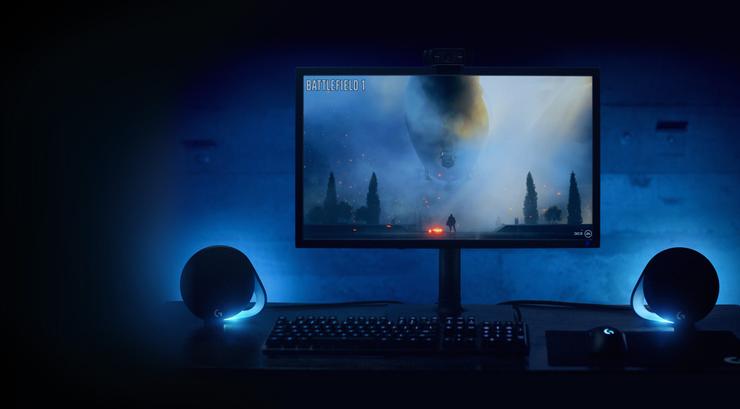
When it comes to choosing between 1080p and 1440p resolutions, the price difference is usually the first thing that most people consider. And you should too. Especially if you’re being mindful of your budget. As you may be already aware, 1440p monitors are generally more expensive than their 1080p equivalents.
There are exceptions, of course. But when we compare the identical specifications and criteria between these two resolutions, 1440p displays are just generally more expensive. When higher refresh rates, like a 144Hz display or higher, are added to the mix, the price goes up. The same can be said about panel technology too.
The most expensive panels are OLEDs. These types of screens will usually hit the thousand-dollar mark. Then, this is followed by IPS and VA panels, and finally TN panels. However, if you’re aiming for an OLED display to get those gorgeous deep blacks, you might be disappointed to know that there is currently no 1440p display on the market that employs an OLED panel.
Anyway, if you’re on a strict budget and want to save money, 1080p displays can be the way to go. If you’re ready to spend a little more, 1440p monitors with a quick refresh rate and low latency are your best options.
A 60Hz 1440p TN panel that performs well can easily outperform a 1080p 60Hz TN panel. For competitive gaming, though, regardless of resolution, it makes more sense for you to have the monitor with the highest refresh rates and response times you can get your hands on.
Gaming Performance
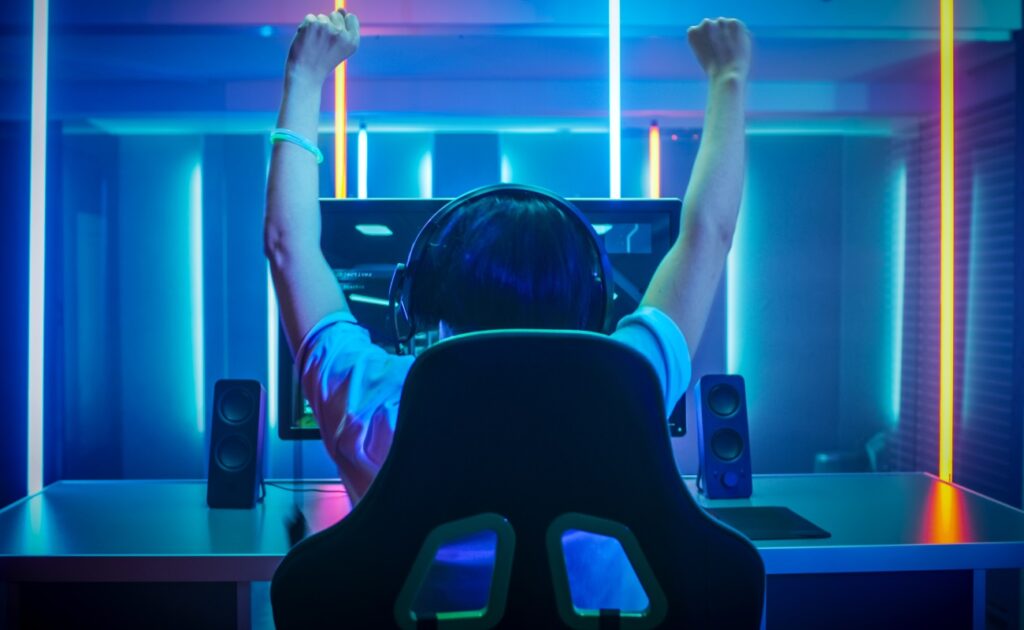
I’m pretty sure you don’t need me to tell you that the higher the resolution, the more power your PC’s GPU and CPU will be required to support it. As a result, your 1440p display may have a negative influence on performance. Unless you have the requisite hardware, games on your 1440p display will not run as smoothly as games on a 1080p panel.
Simply put, running games at 1440p resolution will result in lower frame rates. When compared to a 1080p display, the GPU will have to do a lot more work to drive a 2K display. Maintaining 60 frames per second at 1440p is more challenging than maintaining 60 frames per second at 1080p for your GPU.
But if you have a graphics card that can push 2560 x 1440 resolution at decent frame rates, then you have nothing to worry about. In any case, don’t let this discourage you. While 1080p may be good enough for some of you, once you get a taste of what a 1440p display can deliver, there’s no going back and I promise you, it’s all worth it.
Pixel Density
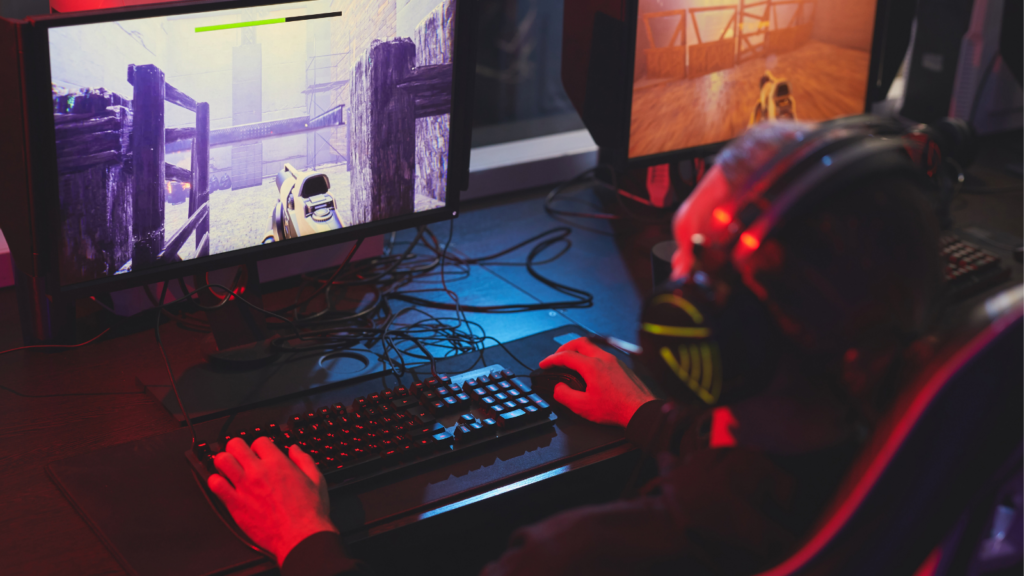
A display’s pixel density is the number of pixels per inch (PPI). It indicates how many pixels are visible on each square inch of the display. The image will be more detailed if this number is higher.
As a result, boosting the resolution to 1440p greatly increases the PPI, resulting in crisper details and sharper images. The primary difference between 1080p and 1440p monitors is this. If the display size remains constant, 1440p will always be crisper. With this in mind, 1440p allows you to increase the size of your display without losing any clarity.
On the other side, smaller screens look best with 1080p. If you go any bigger than 24 inches, you’re going to start noticing some pixelation, which degrades the clarity of the stuff you’re watching or playing. However, 1440p panels allow you to use a much larger monitor while preserving its appropriate sharpness.
In competitive gaming, having better graphics can sometimes be crucial so you can see clearly even the smallest of details so you don’t miss out on anything. The same thing can also be said if you play a lot of open-world games. A monitor with a higher resolution will provide better immersion, picture quality, and an overall better gaming experience.
So if you want to maximize the graphics of your game and appreciate every tiny detail with a bigger display, then a 1440p monitor would be best suited for you.
Ready To Go Hunting For Your Next 1440p Gaming Monitor? Check Out Our Top Picks Here.
What To Look For In A 1440p Gaming Monitor
If you’ve already decided that a 1440p monitor is for you, here are some things to keep in mind before you make a purchase.
Screen Size

Taking into account your available space and gaming desk is usually important when choosing the size of your monitor. Furthermore, when weighed against the potential benefits of larger screens and greater resolutions, gaming on a 27-inch or 32-inch screen with 1440p resolution is ideal for a variety of reasons. Not only are these screen sizes suitable for the majority of setups, but 1440p is crisper than Full HD and places less strain on graphics than 4K panels.
Refresh Rate
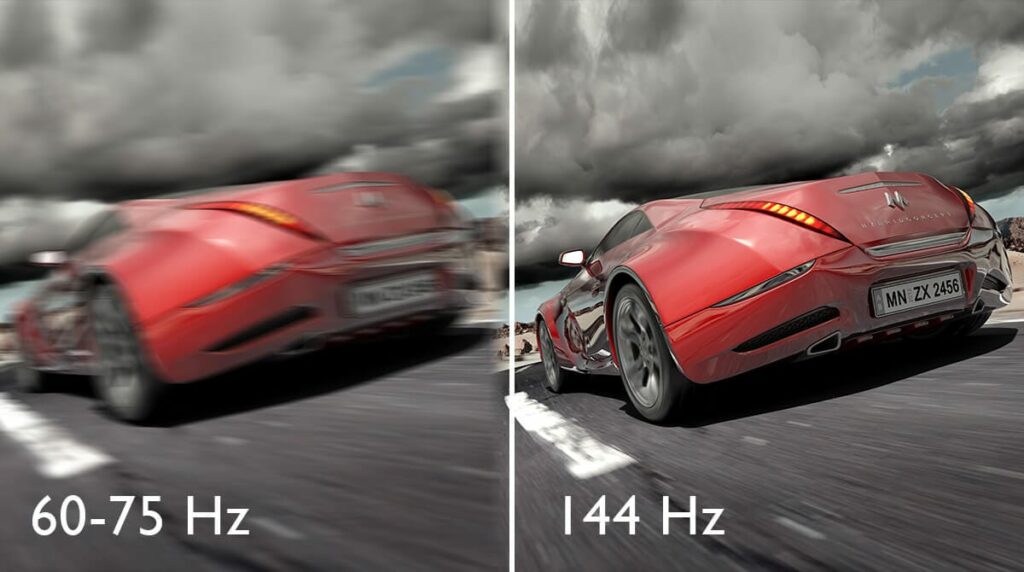
The refresh rate is the number of times the monitor will refresh the screen every second, in case you didn’t know. It’s better if the number is higher. Higher refresh rates benefit gamers by guaranteeing that what you see on the screen is in real-time with what is happening on the computer.
For gaming, a minimum of 60 Hz is suggested. If you’re competitive or primarily play first-person shooters, a 144Hz monitor may be worth considering. Although 60 Hz is widely considered to be the absolute minimum, some 144 Hz displays are now available and highly recommended. If you can go even higher than 144Hz, then that’s even better.
Want a 240Hz Display? Check Out Our Full Review Of The Samsung Odyssey G7 Here.
Variable Refresh Rate (VRR)
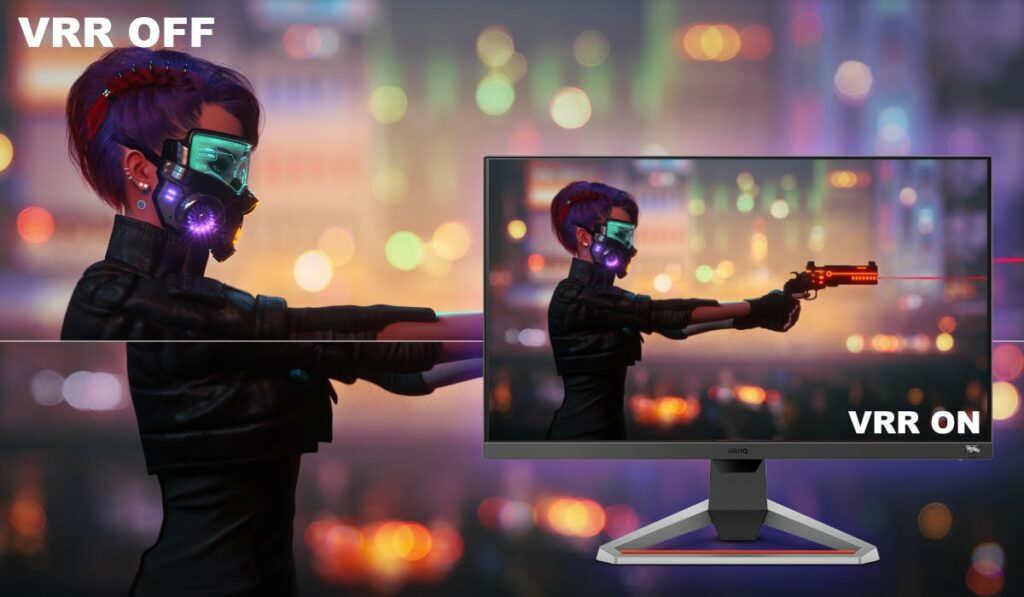
The screen tearing occurs when the monitor displays a piece of one frame and the following frame at the same time. When the sync is disrupted, the image looks to be split, which you’ll notice. This happens because displays are configured to run at a given refresh rate and aren’t always clear what to do when the frame data they receive changes from the specifications they’ve set.
Fortunately for us, AMD and NVIDIA developed adaptive sync, or variable refresh rate solutions. This allows monitors to maintain smooth playback even when graphics cards produce non-standard frame rates. G-Sync is NVIDIA’s technology, while FreeSync is AMD’s. Both are good in preventing tearing, but only when used with suitable gear.
Response Time

The response time in a gaming monitor is the time it takes for each pixel to transition from one image to the next. The time it takes to go from one shade of gray to the next is usually measured in milliseconds (ms). For gaming, sub-5 milliseconds is excellent, but 2 milliseconds or perhaps 1 millisecond is much better.
A slower response time can cause motion blur or ghosting since the monitor can’t keep up with the game amid high action. At all times, a high refresh rate combined with a short response time will offer a nice, crisp image. These are the features that set a gaming monitor apart from a non-gaming panel.
Conclusion
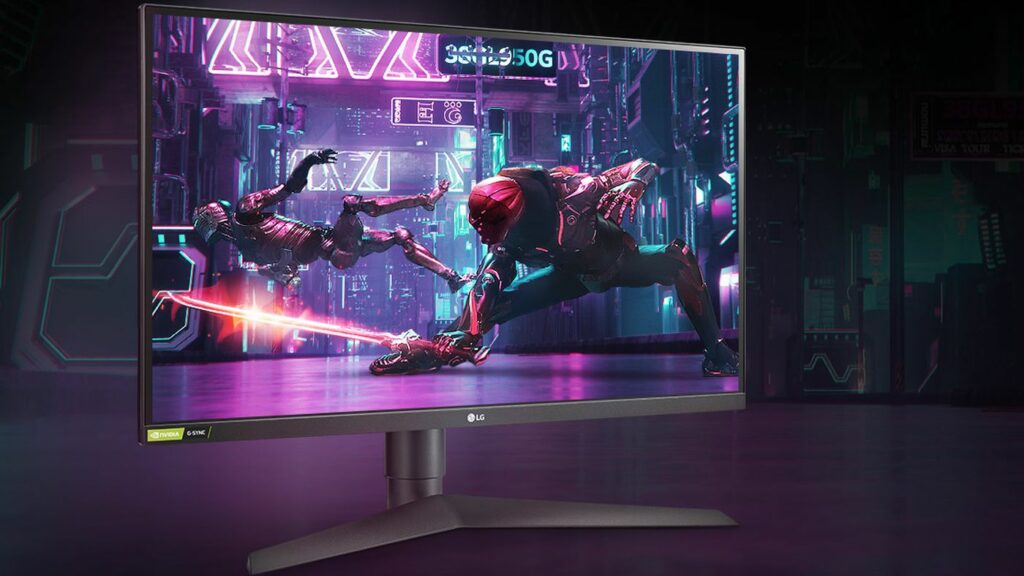
Now that we’ve finished discussing the basics of what you should know when buying a 1440p gaming monitor, you’re now ready to go shop for your next display. I hope my buyer’s guide was able to help you out and you find one that works for your setup well.
Have you already bought your own 1440p monitor for gaming? Was our buyer’s guide on the best 1440p gaming monitors helpful? Let me know in the comments section below if you have any suggestions, insights, or questions to ask. I would love to hear all your thoughts!
Recommended reading for you:
- The Best 1440p Monitors For Gaming In 2021
- Samsung Odyssey G7 32″ Monitor Review: An Excellent 1440p Gaming Display
- Asus ROG Swift PG329Q Review: Gamers Will Love This
- Best Cheap Gaming Laptops 2021: Powerful Machines That Cost Less
- HP Pavilion Gaming Laptop Review: One Of The Best Entry-Level Laptops For Gaming
- Best Gaming Mouses 2021: Our Top Picks For All Gamers
- Logitech G502 Lightspeed Review: The Best Wireless Gaming Mouse?
- Best OLED TV For Gaming 2021: The Most Vibrant Screens For Your Gaming Sessions
- LG CX OLED TV Review: Excellent But Expensive
- The Best 4K TV For Gaming 2021: Time To Level Up Your Screens
- LG OLED C1 Review: The Best 4K TV For Gaming?
- Samsung QN90A Review: Better Than OLED TVs?
- Best 4k Gaming Monitors 2021: The Sharpest & Brightest Displays
- The Asus ROG Strix XG27UQ Review: Immerse Yourself In The Latest AAA Games With The Best 4k Gaming Monitor
- Dell G5 15 SE Gaming Laptop Review: An Excellent Gaming Laptop For The Money
- How To Buy Laptops For Gaming In 2021
- Razer Naga Pro Review: The Best Gaming Mouse For MMOs
- Gaming Mouse Buyer’s Guide In 2021: How To Pick The Best One For You
- Sony Bravia A9S Review: What You Need To Know
- The Best Headphones For Gaming In 2021
- SteelSeries Arctis Pro Review: The Best Gaming Headset For Audiophiles
- Razer BlackShark V2 Pro Review: The Best Wireless Gaming Headset?
- Best Computer Gaming Chairs For Adults 2021: For Next Level Gaming!
- Best Gaming Desks 2021: Reign Supreme In Comfort & Style
- Cougar Argo Gaming Chair Review: Is It The Next Best Thing?
- The Cougar Mars 120 Gaming Desk Review: Your Superior Gaming Desk With LED Lights
- The Arozzi Arena Gaming Desk Review: Go Big Or Go Home With Your Gaming Setup

